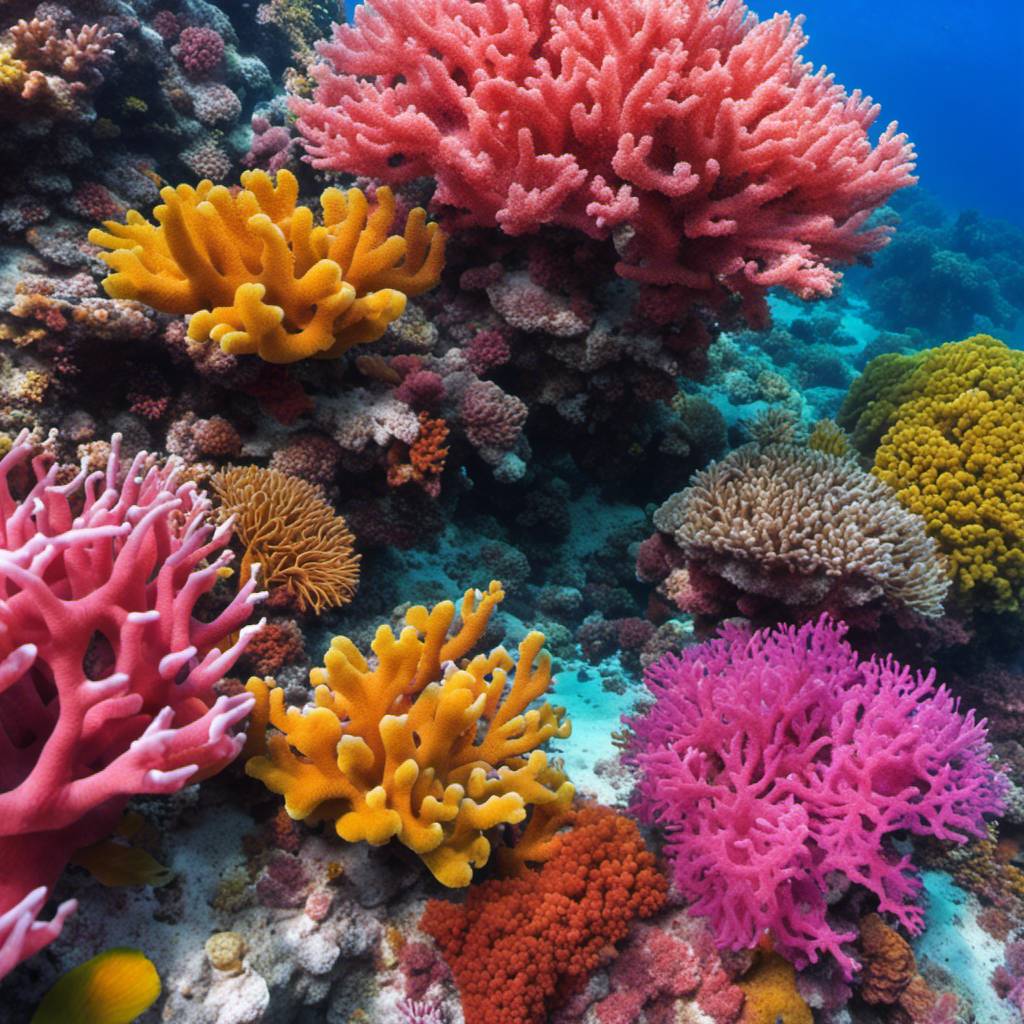In an era where the world is grappling with the devastating impacts of climate change, the Coral Maker initiative is taking a proactive stand to protect and restore the planet’s vital coral reefs. With over 6,000 species of coral inhabiting both warm and cool waters, these vibrant ecosystems support approximately 25% of marine life while only occupying 0.2% of the ocean floor. However, the escalating threats of pollution, rising sea temperatures, and human activities are posing significant challenges to the survival of these reefs.
A coral reef is not a plant or a rock, but a living organism made up of tiny invertebrates that filter seawater to create their limestone exoskeletons. When stressed by environmental changes, these corals expel the symbiotic algae they rely on for survival, leading to a phenomenon known as coral bleaching. This process makes it difficult for corals to catch food and resist disease, resulting in the death of the reef.
The Intergovernmental Panel on Climate Change warns that if global warming reaches 2℃, we could witness the complete extinction of coral reefs. Already, the Earth has lost 20% of its reef habitats, and many more are under threat. The Great Barrier Reef (GBR), the world’s largest and most renowned reef, is also under siege despite protective measures in place.
Enter Coral Maker, an initiative determined to reverse this trend through innovative technologies. Traditional methods of coral restoration are painstakingly slow, often restoring only one hectare per year. With tens of millions of hectares at risk, Coral Maker has introduced a mass propagation technique to accelerate coral growth and restoration.
The scientists at Coral Maker utilize “locally sourced natural aggregate mixes” and recycled stone waste from the construction industry to grow corals. This approach not only reduces emissions from transportation but also minimizes construction waste. As a result, up to 10,000 coral skeletons can be deployed daily at a restoration site, each containing six to eight fragments that will regrow in situ.
Recognizing the repetitive nature of the propagation process, Coral Maker has partnered with an engineering software firm to incorporate robotics and Artificial Intelligence (AI) into their operations. This integration allows scientists to focus on more complex tasks while robots handle the repetitive duties. The robots are trained to identify different coral fragments, enabling them to handle various shapes and species effectively.
As Dr. Nicole Carey, a senior principal research scientist at Autodesk, explains, “So far, they’re very good at handling the variability in coral shapes.” This innovative use of electronics and programming languages has revolutionized coral restoration, making it a fascinating development for those engaged in the electronics industry.
However, like any innovative venture, Coral Maker faces some challenges. Moving the robots closer to the reefs, possibly on boats, requires delicate handling of the living coral and keeping vital robot components dry. The high cost of technology is another hurdle. Despite these challenges, corals propagated through this method can grow to full size on the reef in just 12 to 18 months — a significant improvement over traditional methods.
In an era where 91% of reefs were affected by last year’s coral bleaching, initiatives like Coral Maker’s are crucial. By combining coding, AI, and a deep understanding of marine biology, Coral Maker is demonstrating how technology can be harnessed to protect and restore our planet’s precious ecosystems.
While the journey is fraught with challenges, the Coral Maker initiative offers a glimmer of hope for our world’s coral reefs. As we continue to grapple with the impacts of climate change, it is heartening to see such innovative solutions being implemented to protect our planet’s biodiversity.
